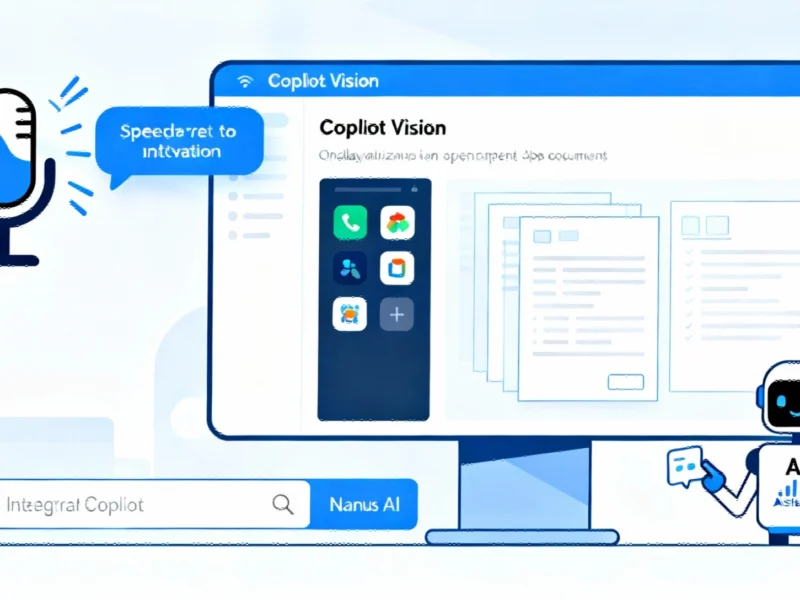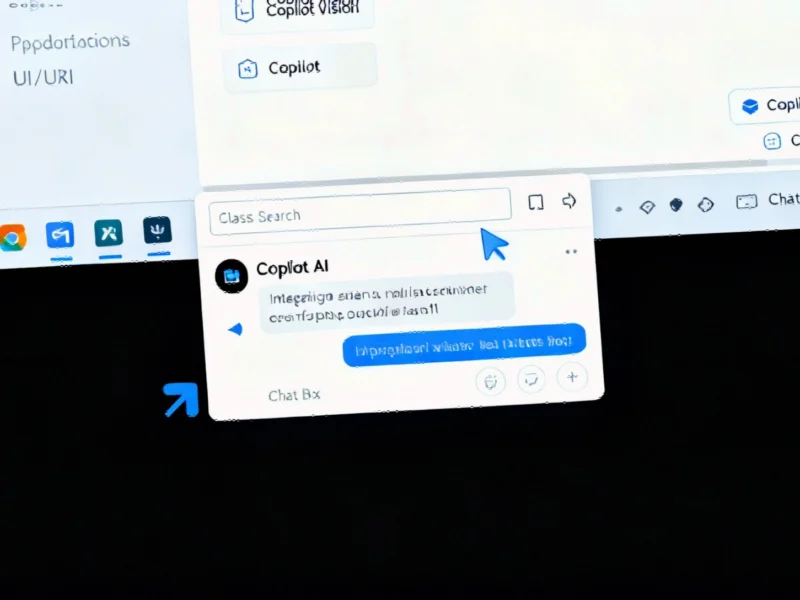The Rise of Autonomous Web Platforms
A new generation of website technology is emerging that promises to fundamentally transform how businesses maintain their online presence. Flint, a startup that recently emerged from stealth mode, has developed a platform that enables websites to generate their own pages, optimize content, and adapt to market conditions without human intervention. This represents a significant departure from traditional web development paradigms where sites remain largely static between manual updates.
The company has secured $5 million in seed funding led by Accel, with participation from Sheryl Sandberg’s venture fund and Neo. This substantial financial backing signals investor confidence in what they describe as essential infrastructure for the AI-driven future of digital marketing. As Michelle Lim, Flint’s co-founder and CEO, boldly stated: “Your website is either autonomous or obsolete.”
How Autonomous Website Technology Works
Flint’s platform requires minimal human input—users simply upload a content brief and link to their existing site. The system then interprets the brand’s design system and automatically publishes fully coded pages directly to the domain. Early adopters including Cognition, Modal, and Graphite are already using Flint to generate comparison pages, ad landing pages, and AI-created SEO content.
This technology arrives amid broader industry developments in AI infrastructure that are enabling more sophisticated automated systems. The platform’s proposed capabilities extend beyond basic content generation to include detecting competitor activity, modifying layouts based on visitor profiles, and even communicating directly with other AI agents.
Implications for Search Engine Optimization
While early reports suggest strong SEO rankings and faster ad conversions, the long-term implications of self-modifying websites on search engine dynamics remain uncertain. The fundamental question is how systems like Google will respond to websites that continuously alter their structure and content without direct human oversight.
This development coincides with other related innovations in technology infrastructure that are pushing the boundaries of automation. As websites become more dynamic, search engines may need to adapt their crawling and ranking algorithms to account for content that changes in response to real-time data and competitive signals.
Investor Perspective and Market Position
Investors are positioning Flint as part of a necessary evolution in digital infrastructure. “Marketers are gravely underserved by outdated tools. Flint finally gives them AI superpowers to compete,” noted Dan Levine, partner at Accel. Sheryl Sandberg of Sandberg Bernthal Venture Partners added that “the web is being disrupted by AI, and companies need to adapt their websites quickly if they want them to remain effective marketing and acquisition channels.”
The funding will support Flint’s expansion in applied AI and design engineering as the company moves beyond its initial stealth phase. This development in web technology is part of a broader pattern of market trends toward increasingly autonomous systems across multiple technology sectors.
Potential Challenges and Considerations
Despite the promising applications, fully autonomous web systems introduce significant challenges around control, transparency, and compliance. Questions remain about how these systems will maintain brand consistency, ensure regulatory compliance, and provide accountability for content decisions.
These concerns echo those raised in other domains of technology, such as recent technology security discussions and industry developments in international technology policy. The balance between automation and oversight will be crucial for widespread adoption.
The Future of Web Development
If successful, Flint’s approach could reshape the entire website builder market, potentially rendering traditional templates obsolete. The concept points toward a future where free website builders and AI website builders evolve beyond static templates into systems capable of constant adaptation.
This transformation is occurring alongside other significant industry developments that reflect how AI is disrupting established practices across multiple sectors. As autonomous website platforms continue to develop, they may fundamentally alter how businesses approach their online presence, potentially creating a web that continuously reinvents itself based on algorithmic optimization rather than human design decisions.
The emergence of self-evolving websites represents both an extraordinary opportunity and a significant paradigm shift that will require careful navigation by businesses, developers, and platform operators alike.
This article aggregates information from publicly available sources. All trademarks and copyrights belong to their respective owners.
Note: Featured image is for illustrative purposes only and does not represent any specific product, service, or entity mentioned in this article.



